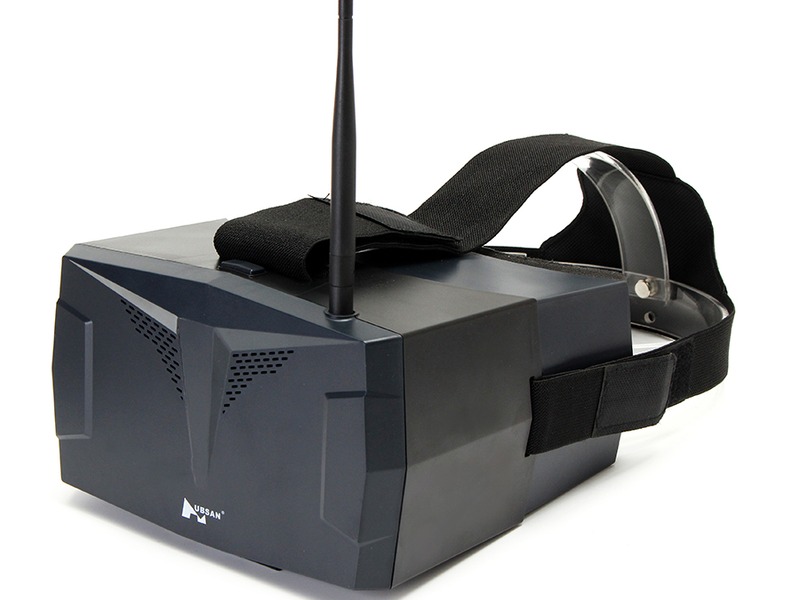What is RC engine?

An RC engine, or a remote control engine, is a miniature internal combustion engine that is powered by a radio-controlled device. This type of engine is most commonly used in radio-controlled cars, boats, airplanes, helicopters, and other types of remote control vehicles. RC engines are typically fueled by a combination of nitromethane and methanol, which is also referred to as “nitro fuel.”
The main components of an RC engine are the piston, cylinder, head, and crank. The piston is a cylindrical piece of metal that moves up and down in the cylinder, which is the “chamber” in which the piston moves. The head is a solid piece of metal that is attached to the top of the cylinder and contains the spark plug, which is used to ignite the fuel and cause the piston to move. The crank is a rotating shaft that is connected to the piston and is used to convert the reciprocating motion of the piston into rotational motion.
In order for an RC engine to work, the fuel must be ignited by the spark plug. This is done by the radio-controlled device, which sends a signal to the spark plug, which in turn ignites the fuel. The fuel then combusts, causing the piston to move, which in turn causes the crank to rotate. This rotation is then used to power the vehicle, either through a propeller or gears.
RC engines are typically constructed from aluminum or steel, which makes them lightweight and durable. They are also designed with a variety of features, such as adjustable carburetors and exhaust systems, which allow the user to tailor the engine’s performance to their needs.
Overall, RC engines are an essential component of radio-controlled vehicles, providing the power to make them move. By using a combination of nitromethane and methanol, they are able to produce a great deal of power while remaining lightweight and durable. With the right setup, an RC engine can provide hours of fun and entertainment.
Comments / Question
2. Longer engine life: RC engines are designed to last longer than traditional engines due to their better design. The engines are built to withstand high-performance demands and are less likely to suffer from wear and tear.
3. Easier maintenance: RC engines are designed to be easy to maintain. They have fewer moving parts, so there is less to go wrong and fewer things that need to be replaced.
4. Better control: RC engines are designed to provide better control over the speed and power of the vehicle. This makes them ideal for racing and other high-performance activities.
5. Reduced emissions: RC engines produce fewer emissions than traditional engines, making them more environmentally friendly.
2. Gasoline Engines: These engines are more powerful than glow engines and use gasoline instead of a fuel mixture.
3. Electric Motors: These motors are powered by a battery and are generally used in smaller, lighter models.
4. Turbine Engines: These engines are powered by a turbine and are used in larger scale models. They are more powerful than other types of engines but also more expensive.

